Ask anyone on the street when they think the worst year in human history was, and I’m sure there’d be quite a variety of answers offered. Years during the World Wars; when the Black Death swept Europe; or even more recent events like during the Covid pandemic. War and disease are probably the most significant influencing factors. But one historian (Michael McCormick, to be precise), has one you almost certainly would never have offered: 536 AD. So why was this year so terrible for humanity, and does it deserve its moniker?
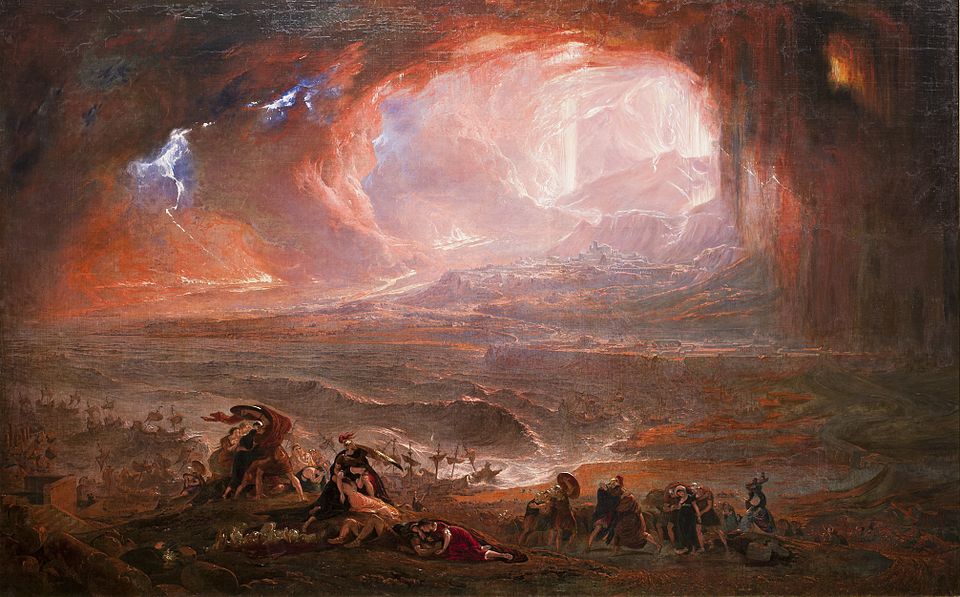
Travelling back almost 1,500 years, we find a recognisable world. Empires have risen and fallen, but there are still many great civilisations across the different continents. Populations are thriving, trade and industry flourishing, religions are established. But then an almost apocalyptic event happens that impacts people the world over. Somewhere, a huge volcanic eruption occurs. Scientists are still unsure exactly where, but it is somewhere in the Northern Hemisphere at a high latitude. No known written records survive recording this event, so few if any were aware of it. But they were about to feel its impact.
Ash, sulphur, and debris was launched high into the atmosphere, and winds spread the fallout far and wide. This was no small explosion; the dust spread for thousands of miles, gradually coating Europe, the Middle East, and parts of Asia. Contemporary writers from a multitude of countries record the strange veil that fell over the sky, dimming everything in its path:
“For the sun gave forth its light without brightness, like the moon, during the whole year, and it seemed exceedingly like the Sun in eclipse.” – Procopius, Roman historian, 536 AD.
“The Sun, first of stars, seems to have lost his wonted light, and appears of a bluish colour. We marvel to see no shadows of our bodies at noon, to feel the mighty vigour of his heat wasted into feebleness… we have had a winter without storms, a spring without mildness, and a summer without heat.” – Senator Cassiodorus, Roman statesman, 538 AD.
“In the first year of the Tai dynasty [536], snow fell in the summer, and the crops failed.” – Nan Shi, Chinese chronicle.
As alluded to above, this ash not only dimmed the light, but thus had a huge impact on the entire Earth’s ecosystem. For around 18 months, the fallout of the eruption partially blocked the sun’s rays, leading to a quick, significant reduction in global temperature – somewhere between 1.5°C to 2.5°C. Although this may not sound much at first, keep in mind the Paris Agreement, aiming to reduce global warming, has a target of limiting the global average temperature to below 2°C above pre-industrial levels in order to save our planet. This drop led to the coldest decade the planet had seen for more than 2,000 years.
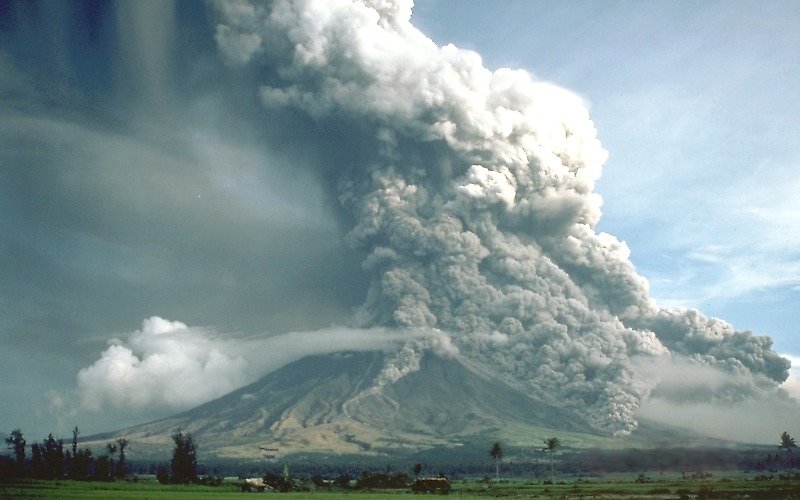
With less heat and fewer rays reaching the Earth, photosynthesis slowed, crops failed, insects and animals could not survive, and thus humans were severely impacted at all levels of the food chain. Irish annals record that there was no bread for several years, whilst Chinese ones discuss summer famines.
But the worst was not yet over. Somewhere between 539 and 540 AD at least one more volcanic eruption occurred, compounding the effects of the one from a few years prior. The temperature continued to drop, the weather continued to act erratically, and famine continued. Numerous scientific studies from the past few decades show the impact of these eruptions on tree-rings and in arctic ice. Trees more-or-less stopped growing during the ash blankets, whilst deposits of sulphur in Greenland and Antarctic ice cores record the explosion.

Enjoying this blog post? Buy me a hot chocolate!
Consider donating the cost of a hot chocolate to me, so I can continue to write and run Just History Posts.
£3.50
Empires began to collapse under the strain. Unable to feed their armies, they could not hold off attacks from neighbours. People turned to their gods: Scandinavian communities buried hoards of gold to beg for the return of sunlight, and they created stories of Fimbulwinter and Ragnarök – the end of the world.
These populations, weakened from hunger, then fell prey to another catastrophe. Plague. In 541, the Justinian Plague broke out across the Mediterranean Basin, Europe, and the Near East. This outbreak was so named because even Emperor Justinian I of the Byzantine Empire fell afoul of the disease, though he managed to recover. Just as with the Black Death of centuries to come, the consequences were devastating. For a long time, this was considered one of the deadliest pandemics in history, and though the extent of this has been questioned (then reasserted) in recent years, it is likely that somewhere between a quarter and half of the affected population died.
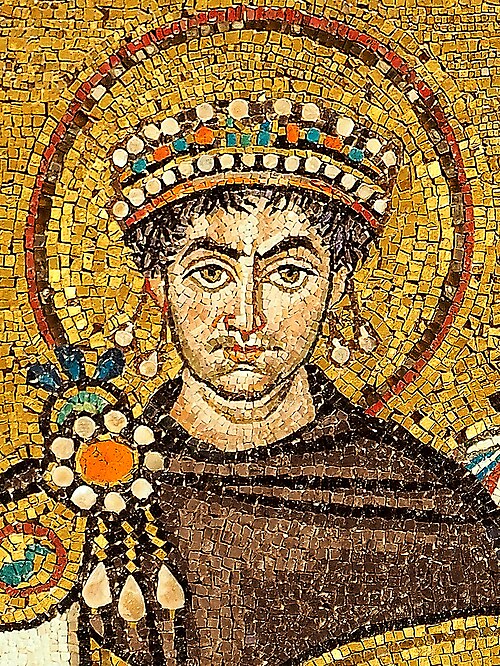
The impact of years of unusual weather, failing crops, plague, terror and unrest is easy to imagine. It took decades, if not a century for the continents to recover. One study of ice deposits shows a spike in airborne lead in 640 AD, suggesting silver mining only resumed on a large scale at this time and thus is indicative of a resurging economy.
The impact of 536 AD on the Americas is a little harder to discern, but there is still evidence that the drop in global temperature affected these societies too. One cited example is the Mesoamerican city of Teotihuacan, thought to be the largest city across the two continents and the sixth-largest in the world. Teotihuacan had been founded around 100 BC, and so had been a thriving city for centuries. It is thought that anywhere up to 200,000 people may have lived there by the year 400, but mysteriously around 550 the city’s most important monuments were razed and after 600 probably no more than 30,000 people called it home. Skeletal remains from the sixth century show a rise in skeletons of children and young people who have evidence of malnutrition, and this aligns with droughts from this period.
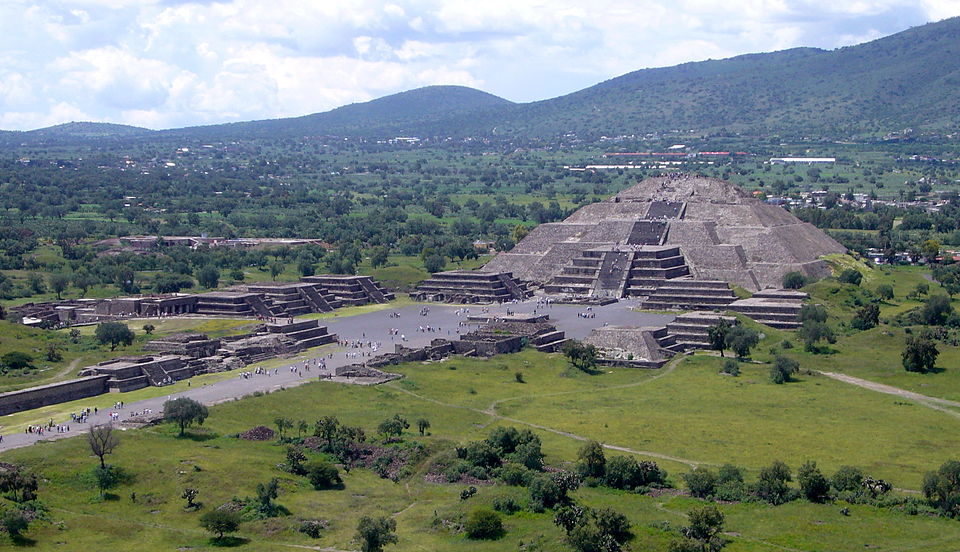
So, was 536 AD the worst year in human history? It certainly can claim to be up there. A chain of events following a volcanic eruption led to decades of problems, and can perhaps be held in part responsible for millions of deaths. It is easy to see how populations thought the world could be ending, From snow in summer, to the sky being dimmed and the seasons turned on their heads, it is hard to envision the chaos that would bring even today. Through a combination of the written, archaeological and geological record, we can begin to piece together this almost cataclysmic event.
Previous Blog Post: Sacred Baroque: The Catholic Counter-Reformation and its influence on Art
Previous in A Brief Moment of History: When Napoleon Took on Rabbits
You may like: Happy New Year, or End of the World? Early Modern Apocalypse Predictions
List of Blog Posts: here Blog Homepage: here
Buy my books via the pictures below! Or why not check out our shop?
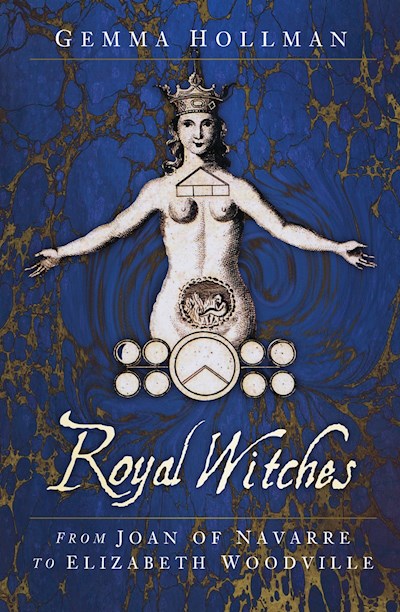
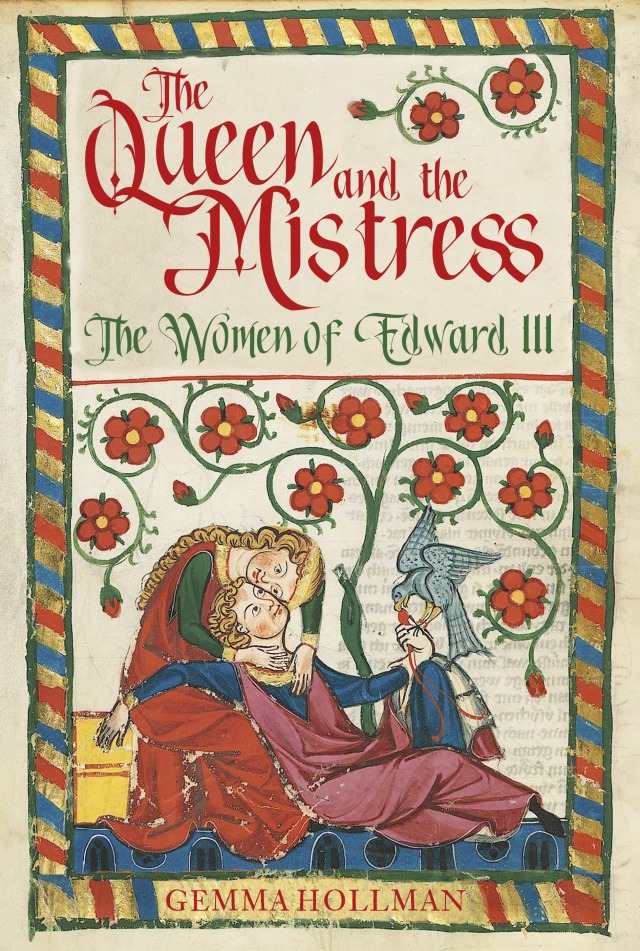
Follow us:
Read more:
https://www.forbes.com/sites/scotttravers/2025/03/01/the-forgotten-apocalypse-of-ad-536-a-biologists-take-on-the-worst-year-to-be-alive/
https://www.science.org/content/article/why-536-was-worst-year-be-alive
https://agupubs.onlinelibrary.wiley.com/doi/full/10.1029/2007GL032450#:~:text=%5B1%5D%20New%20and%20well%2D,536.
https://www.sciencedirect.com/science/article/abs/pii/S2352409X24003171
https://pastglobalchanges.org/publications/pages-magazines/pages-magazine/7172
https://www.cam.ac.uk/research/news/justinianic-plague-was-nothing-like-flu-and-may-have-hit-england-before-constantinople
https://www.metmuseum.org/essays/teotihuacan
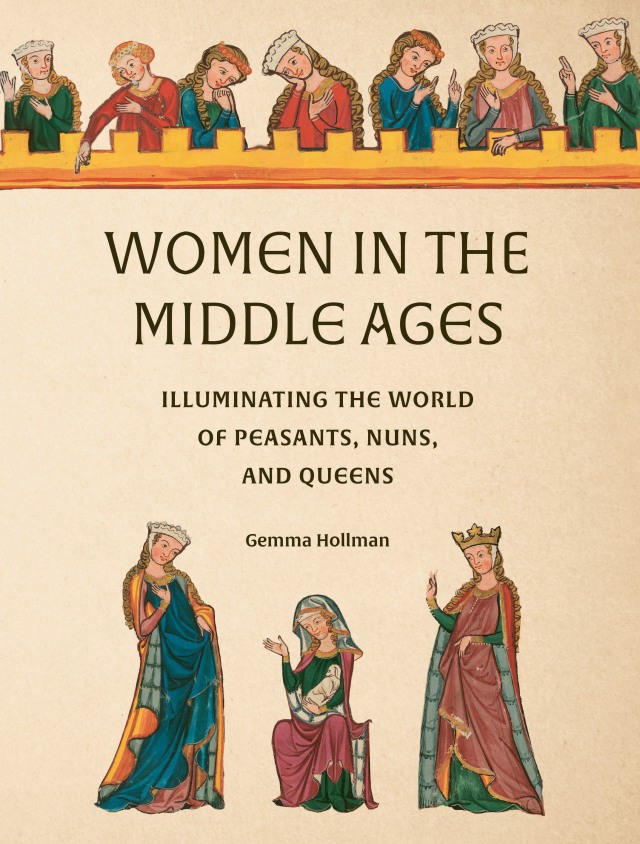
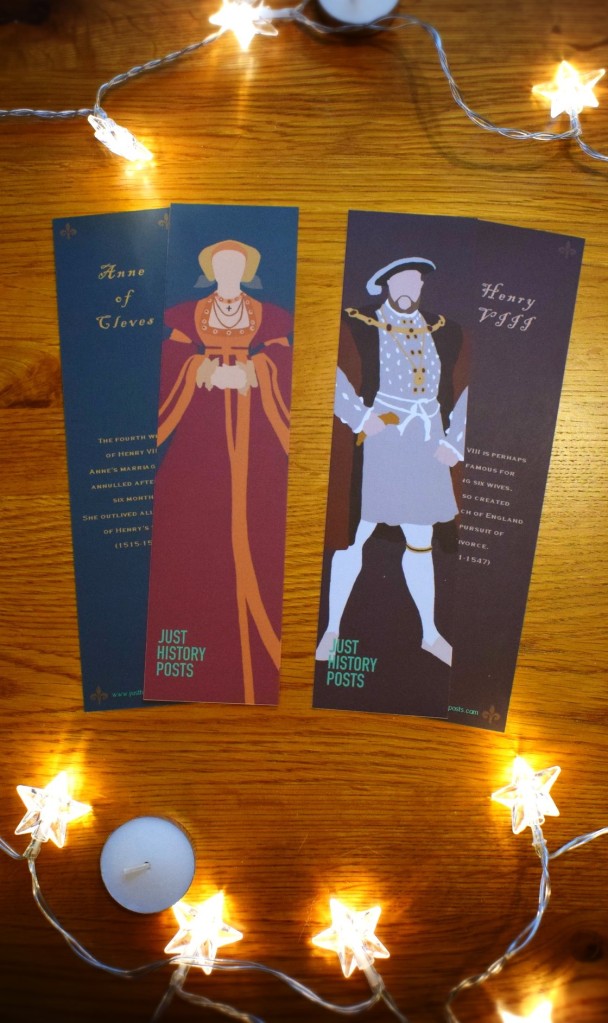


2 responses to “A Brief Moment of History: Humanity’s Worst Year Ever?”
[…] © Just History Posts […]
LikeLike
[…] You can get the answers to those questions by listening to my chat with historian Gemma Hollman below. And you can read her brilliant blog on the worst year in history by clicking here. […]
LikeLike